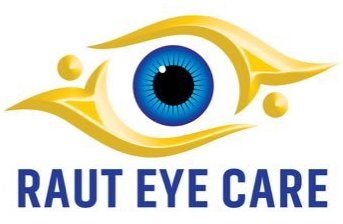
Ophthalmoscopy is an examination of the interior of the eye, specifically the back of the eye, or retina.Ophthalmoscopy is performed by an ophthalmologist, who uses an instrument called an ophthalmoscope to view the eye.
The ophthalmoscope is a small hand-held device that has a bright light and magnification properties.The ophthalmologist will look through the ophthalmoscope to examine the pupil, lens, optic disc, and other parts of the eye.
Ophthalmoscopy is used to diagnose a variety of eye conditions, including glaucoma, cataracts, and macular degeneration.Ophthalmoscopy is a safe and painless procedure.






